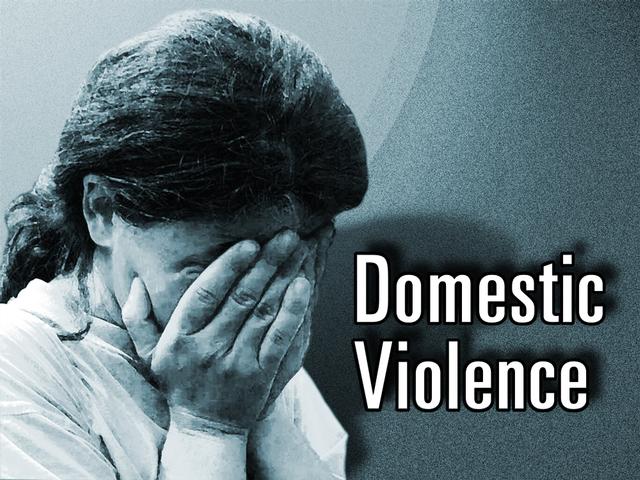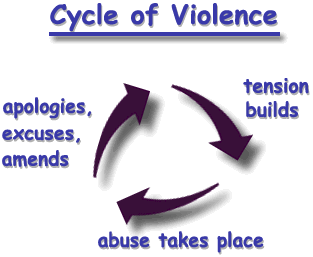
Today we point to knowledge as the key to preventing potential life-threatening episodes in the household. This is the second in a three-part series on domestic violence. The previous post focused on the scope of domestic violence. The next post will focus on actions to take if you find yourself in a relationship in which domestic violence occurs.
Certain environments or conditions may increase your risk of becoming a victim of domestic violence. Here are certain considerations that suggest you may be at risk:
- Drugs and alcohol can exacerbate an already volatile situation.
- Be aware that pregnancy is a particularly sensitive time emotionally, during which abuse may start or increase.
- Women with fewer resources or greater perceived vulnerability—girls and those experiencing physical or psychiatric disabilities or living below the poverty line—are at even greater risk for domestic violence and lifetime abuse.
Children are also affected by domestic violence, even if they do not witness it directly. To protect them and yourself, evaluate your mate or others in a position to exert control over you. Abusers are masterful at isolating, manipulating, intimidating and controlling those they abuse. Abusers don’t always attack with a frontal assault. Abuse may begin slowly and progress. You may accommodate certain demands in an effort to “keep the peace” in your relationship and then find yourself beyond an easy retreat from a once generous and loving person who is now intimidating and threatening.
The insidious nature of abuse must be reemphasized. What may seem, at first, to be an isolated incident complicated by theoretically understandable factors may grow into a way of life with seemingly small events triggering abuse. Your abuser may change from an individual showing regret and remorse to someone who seems repulsed by your existence, blaming your every action (or inaction or anticipated action) for the abuse that follows.
The following conditions and circumstances have been associated with propensities for abuse. Don’t consider these as absolute predictors as much as risk factors about which you should be aware.
- Whirlwind romance
- Abnormal desire to be with you all the time
- Tracking what you’re doing and who you’re with
- Jealousy at any perceived attention to or from others
- Attempting to isolate you in the guise of loving behavior, including going to lengths to convince you that your friends and family don’t adequately care for you (e.g., “You don’t need to work or go to school” or “We only need each other”)
- Hypersensitivity to perceived slights
- Quick to blame you or others for the abuse
- Pressuring you into doing things you aren’t comfortable with (e.g., “If you really love me, you’ll do this for me”)

Are you at risk? Ask yourself these questions.
- Are you ever afraid of your partner?
- Has your partner ever hurt or threatened to hurt you physically or someone you care about?
- Does your partner ever force you to engage in sexual activities that make you uncomfortable?
- Do you constantly worry about your partner’s moods and change your behavior to deal with them?
- Does your partner try to control where you go, what you do and who you see?
- Does your partner constantly accuse you of having affairs?
- Have you stopped seeing family or friends to avoid your partner’s jealousy or anger?
- Does your partner control your finances?
- Does he/she threaten to kill him/herself if you leave?
- Does your partner claim his/her temper is out of control due to alcohol, drugs or because he/she had an abusive childhood?
If you answer yes to some or all of these questions, you could be at risk for or already suffering abuse.
In the next Straight, No Chaser, we’ll discuss actions you can take to protect yourself and remove yourself from an abusive environment.
It’s personal. We understand and we can help. Please … contact us if you’re in need of support. Our expert crisis counselors are here for you, 24/7. 1-844-SMA-TALK or www.SterlingMedicalAdvice.com. You don’t have to “endure with dignity.”
Order your copy of Dr. Sterling’s new book Behind The Curtain: A Peek at Life from within the ER at jeffreysterlingbooks.com, iTunes, Amazon, Barnes and Nobles and wherever books are sold.
Thanks for liking and following Straight, No Chaser! This public service provides a sample of what http://www.SterlingMedicalAdvice.com (SMA) and 844-SMA-TALK offers. Please share our page with your friends on WordPress, like us on Facebook @ SterlingMedicalAdvice.com and follow us on Twitter at @asksterlingmd.
Copyright, Sterling Initiatives, LLC. 2013-2015

